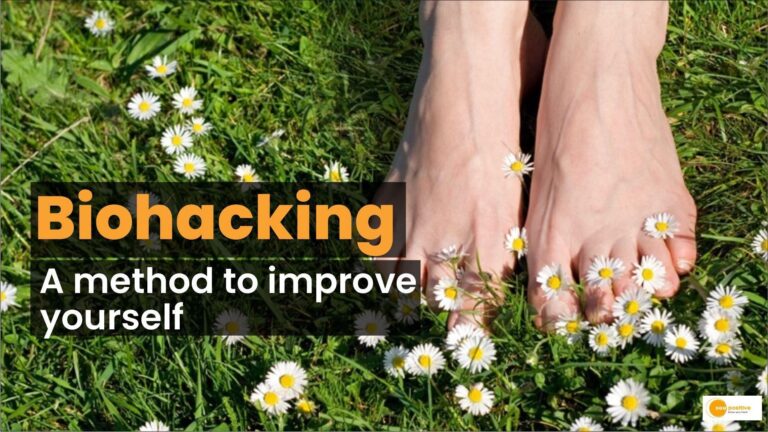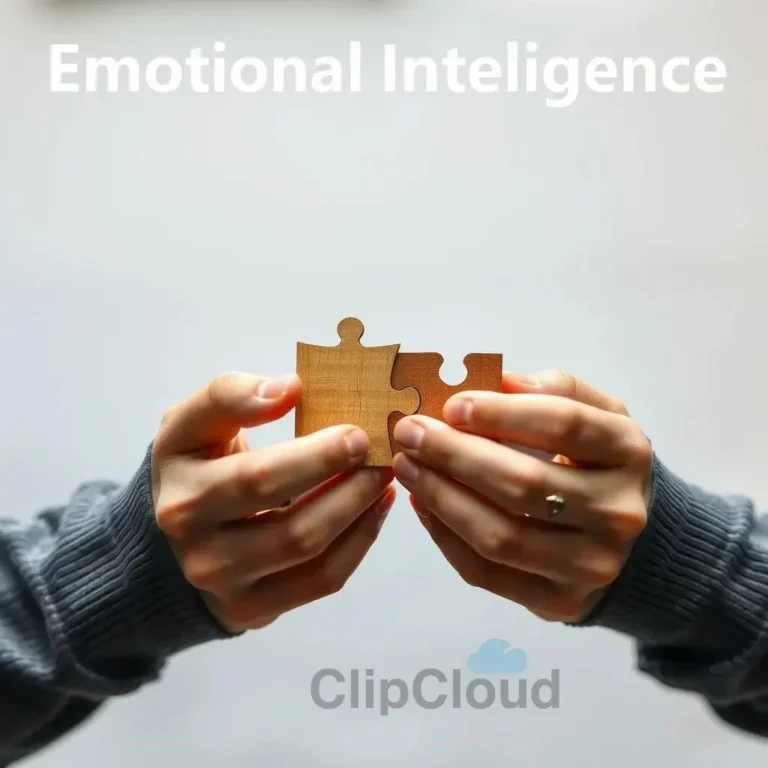Your Brain’s Reset Button: Exploring the Power of Digital Fasting & Sensory Deprivation for Clarity
In our hyper-connected world, our minds are constantly bombarded with digital stimuli. This relentless input can lead to cognitive overload, hindering focus and clarity. This exploration delves into two powerful techniques – digital fasting and sensory deprivation – and how they can help us reclaim mental clarity and achieve a much-needed cognitive reset.
The Overwhelming Digital World and its Impact on Cognitive Function
We live in an era defined by constant connectivity. The digital world, with its ceaseless stream of notifications, emails, social media updates, and 24/7 news cycles, has become an inescapable part of our lives. While technology offers undeniable benefits, this constant barrage of information takes a significant toll on our cognitive function. Our brains are simply not designed to process such a high volume of stimuli, leading to a state of perpetual partial attention and a decline in our ability to focus deeply.
The impact of this digital deluge is multifaceted. Our attention spans are shrinking, making it increasingly difficult to concentrate on complex tasks. We experience a constant feeling of being “busy” yet struggle to accomplish meaningful work. The constant switching between tasks, fueled by notifications and the allure of new information, fragments our attention and hinders our ability to think critically and creatively.
Furthermore, the digital world often fosters a sense of urgency and immediacy. We are conditioned to respond instantly to emails and messages, creating a state of chronic stress and anxiety. This constant state of hyper-arousal can negatively impact sleep patterns, further exacerbating cognitive impairments. The blue light emitted from our devices interferes with melatonin production, disrupting our natural sleep-wake cycle and contributing to fatigue and decreased cognitive performance.
Beyond the immediate effects on attention and focus, the overwhelming digital world can also have long-term consequences for our cognitive health. Studies have shown a correlation between excessive screen time and an increased risk of developing anxiety, depression, and other mental health issues. The constant exposure to curated and often unrealistic online portrayals can also negatively impact self-esteem and body image, contributing to a sense of inadequacy and dissatisfaction.
Understanding Digital Fasting: A Path to Reclaiming Focus
In the face of the overwhelming digital world, digital fasting emerges as a powerful tool for reclaiming focus and restoring cognitive balance. Digital fasting involves consciously disconnecting from digital devices and platforms for a specific period, ranging from a few hours to several days. This intentional disconnection allows our brains to rest and recover from the constant stimulation of the digital world, promoting clarity, creativity, and improved cognitive function.
The benefits of digital fasting extend beyond simply reducing screen time. By eliminating the constant distractions of notifications and the allure of social media, digital fasting creates space for deeper thinking and focused attention. This allows us to engage more fully with the present moment, fostering a sense of mindfulness and enhancing our ability to connect with ourselves and the world around us.
Digital fasting also provides an opportunity to re-evaluate our relationship with technology. By taking a break from our devices, we can gain a clearer perspective on how technology serves us and where it might be hindering our well-being. This awareness empowers us to make more conscious choices about how we integrate technology into our lives, fostering a healthier and more balanced relationship with the digital world.
Furthermore, digital fasting can help us rediscover the joys of offline activities. Without the constant pull of digital distractions, we can reconnect with hobbies, spend quality time with loved ones, engage in creative pursuits, and explore the natural world. These activities not only provide a welcome respite from the digital world but also contribute to our overall well-being, promoting relaxation, reducing stress, and enhancing our sense of connection and purpose.
It’s important to note that digital fasting is not about completely rejecting technology. Rather, it’s about creating intentional breaks to allow our minds to rest and recharge, enabling us to engage with technology in a more mindful and balanced way. By incorporating regular digital fasts into our lives, we can cultivate a healthier relationship with technology and reclaim our focus, creativity, and cognitive clarity.
Sensory Deprivation: Amplifying the Benefits of Digital Detox
Sensory deprivation, also known as floatation therapy, takes the concept of a digital detox a step further by creating an environment that minimizes external stimuli. This typically involves floating effortlessly in a tank of body-temperature water saturated with Epsom salt, effectively eliminating the sensations of sight, sound, touch, and gravity. This profound reduction in sensory input allows the brain to enter a deeply relaxed state, amplifying the benefits of a digital detox and promoting profound mental clarity;
By minimizing external distractions, sensory deprivation creates an ideal environment for introspection and self-discovery. Free from the constant bombardment of sensory information, the mind can wander freely, fostering creativity, problem-solving, and a deeper understanding of oneself. This unique environment can also facilitate the processing of emotions and experiences, promoting emotional regulation and a sense of inner peace.
The profound relaxation achieved during sensory deprivation has been shown to reduce stress hormones like cortisol, promoting a sense of calm and well-being. This reduction in stress can have cascading positive effects on cognitive function, improving focus, memory, and overall cognitive performance. Furthermore, the deep relaxation experienced during floatation therapy can improve sleep quality, further enhancing cognitive benefits.
Combining sensory deprivation with digital fasting can create a powerful synergistic effect. By first disconnecting from the digital world and then immersing oneself in a sensory-deprived environment, individuals can experience a profound reset of their cognitive and emotional systems. This combination can be particularly beneficial for those struggling with information overload, anxiety, or difficulty focusing.
Sensory deprivation offers a unique opportunity to disconnect from the external world and reconnect with oneself. By embracing the stillness and silence of the float tank, individuals can cultivate a deeper sense of self-awareness, unlock creative potential, and experience profound relaxation, amplifying the benefits of a digital detox and promoting lasting mental clarity.
Practical Steps to Implement Digital Fasting and Sensory Deprivation
Integrating digital fasting and sensory deprivation into your routine can be a powerful way to enhance cognitive function and promote well-being. Start with small, manageable steps and gradually increase the duration and frequency as you become more comfortable. Here are some practical tips to get you started:
Digital Fasting:
- Schedule dedicated “offline” time: Designate specific times each day or week to disconnect from your devices. Start with short periods, like an hour each evening, and gradually increase the duration.
- Create tech-free zones: Establish areas in your home, like the bedroom or dining room, where devices are not allowed. This helps create boundaries and encourages mindful engagement with your surroundings.
- Turn off notifications: Disable non-essential notifications on your phone and computer to minimize distractions and reduce the urge to constantly check your devices.
- Inform your contacts: Let your friends and family know about your digital fasting practice so they understand why you might not be immediately available.
- Find alternative activities: Engage in offline activities that you enjoy, such as reading, spending time in nature, pursuing hobbies, or connecting with loved ones face-to-face.
Sensory Deprivation:
- Research float centers: Find reputable floatation therapy centers in your area and learn about their facilities and pricing.
- Prepare for your float: Follow the instructions provided by the float center regarding pre-float preparation, such as avoiding caffeine and alcohol before your session.
- Embrace the experience: Allow yourself to fully relax and let go of any expectations. Focus on your breath and embrace the stillness and silence of the float tank.
- Integrate post-float practices: After your float, take some time to reflect on your experience and journal any insights or emotions that arise. Ease back into your day mindfully.
- Consider regular sessions: For optimal benefits, consider incorporating regular sensory deprivation sessions into your routine, such as once a week or once a month.






